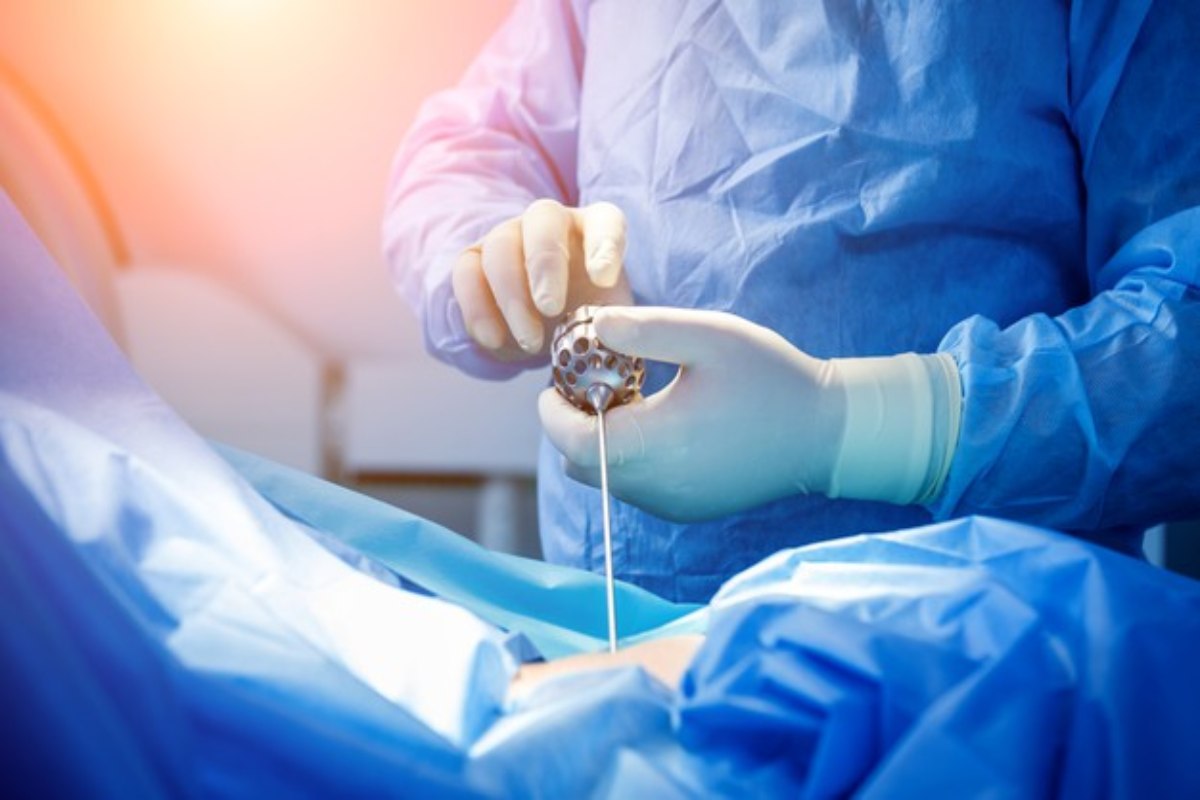Microdiscectomy, also known as micro decompression, is a minimally invasive surgical procedure used to treat herniated spinal discs. The primary goal of microdiscectomy is to relieve back pain by relieving pressure on nerves.
A portion of an intervertebral disc is removed, which causes pain, weakness, or numbness by stressing the spinal cord or radiating nerves.
Table of Contents
Indications for microdiscectomy
Sciatica is a condition caused by spinal nerve compression that causes patients to experience chronic pain in a patient’s leg. A herniated lumbar disc is frequently the cause of spinal nerve compression. The damaged tissue extends into the spinal column and presses on the nerves as a hernia grows. This condition causes the nerves to send pain signals to the brain, which interprets the source of the pain as coming from the legs. Sciatica typically heals in a few weeks, either naturally or with the help of medication. However, if sciatica persists after 12 weeks of treatment with oral medications, patients may benefit from discectomy.
Spondylosis and lumbar spinal stenosis are also treated with discectomy. Spondylosis is caused by degenerative osteoarthritis of the vertebrae, whereas lumbar spinal stenosis is caused by a narrowing of the spinal canal, resulting in nerve compression. The latter may also necessarily require spinal stenosis surgery.
The procedure of Microdiscectomy
Lumbar Discectomy surgery is most commonly used to treat a herniated disc. The same procedure is followed during microdiscectomy, but with the aid of a special microscope.
During this procedure, a small portion of the bone over the nerve root and disc material beneath the nerve root is removed, resulting in relief of pressure on the spinal nerve column.
The microdiscectomy procedure begins with the patient being sedated. During the process, the patient remains unconscious and does not feel any pain. Antibiotics are administered intravenously before surgery. The procedure is usually carried out with the patient lying face down on a special operating table with special paddings. A cleaning solution is used to clean the surgical area. An incision of one to two centimeters is made directly over the herniated disc. To get a better look at the affected region of the spine, the surgeon uses special retractors and a lighted operating microscope. It assists in eliminating the risk of damaging adjacent muscles and tissues.
A small piece of bone called a lamina is removed from the affected vertebra before removing the herniated disc. This is referred to as a laminotomy, and it allows the surgeon to fully visualize the herniated disc.
To remove the protruding disc material, small scissor-like tools and grasping instruments are used. Finally, the incision area is washed with antibiotic-laced sterile water, and the deep fascia and subcutaneous layers are closed with sutures. Bandages are not required because the skin is repaired with special surgical glue.
Recovery time
- The recovery period is shorter than that of other, more invasive procedures. Most people can expect to leave the hospital the same day, or within 24 hours of the surgery.
- The therapist may suggest exercises to improve the strength and flexibility of the muscles surrounding the spine.
- Driving, sitting for long periods, lifting heavy objects, and bending over should be avoided immediately after surgery. Although the patient will not be able to resume normal activities right after the procedure, their lifestyle often returns to normal soon.
Cost of microdiscectomy
Although microdiscectomy is a neurological procedure, it also involves the assistance of highly skilled orthopedic surgeons. This highly specialized neurosurgery is performed at several hospitals. Microdiscectomy cost depends on the patient’s condition, quality of medical services offered by the hospital, and the availability of the latest technology and highly qualified doctors.
Why Medigence?
- MediGence assists you in finding the best healthcare provider for your treatment from a pool of over 450 hospitals in 20+ top global medical destinations.
- Easy collaboration and engagement to get all of your treatment-related information in one place—anywhere, any time.
- Simple and convenient communication with our healthcare experts via text, phone, or video to discuss your medical concerns, consult your doctor, or any other treatment-related discussion.
- To inspire people to strive for better health with user-friendly, technology-driven healthcare solutions.
- MediGence recommends a hospital and doctor after carefully considering your clinical status, diagnosis, treatment needs, budget, travel convenience, and preference.

